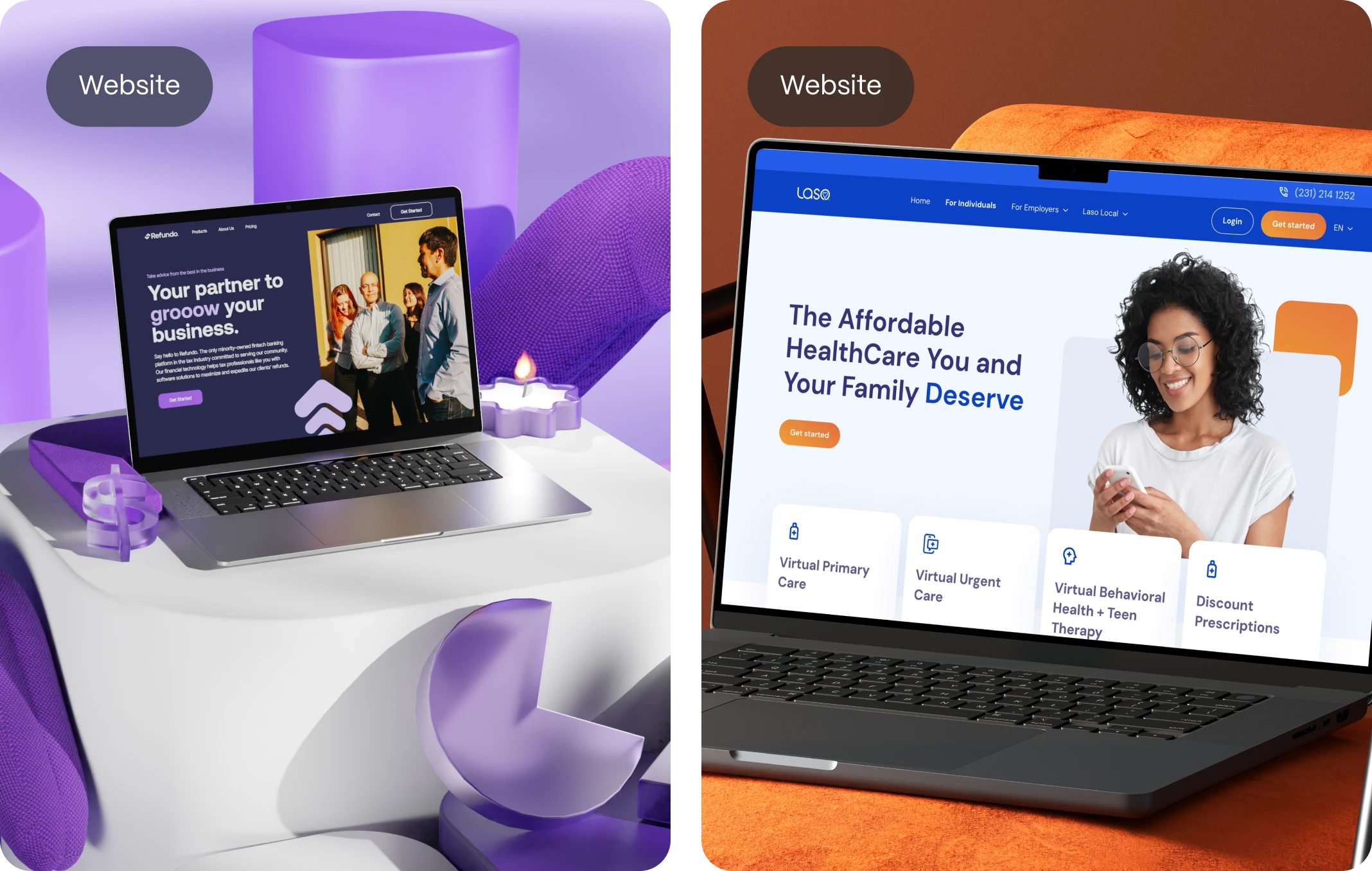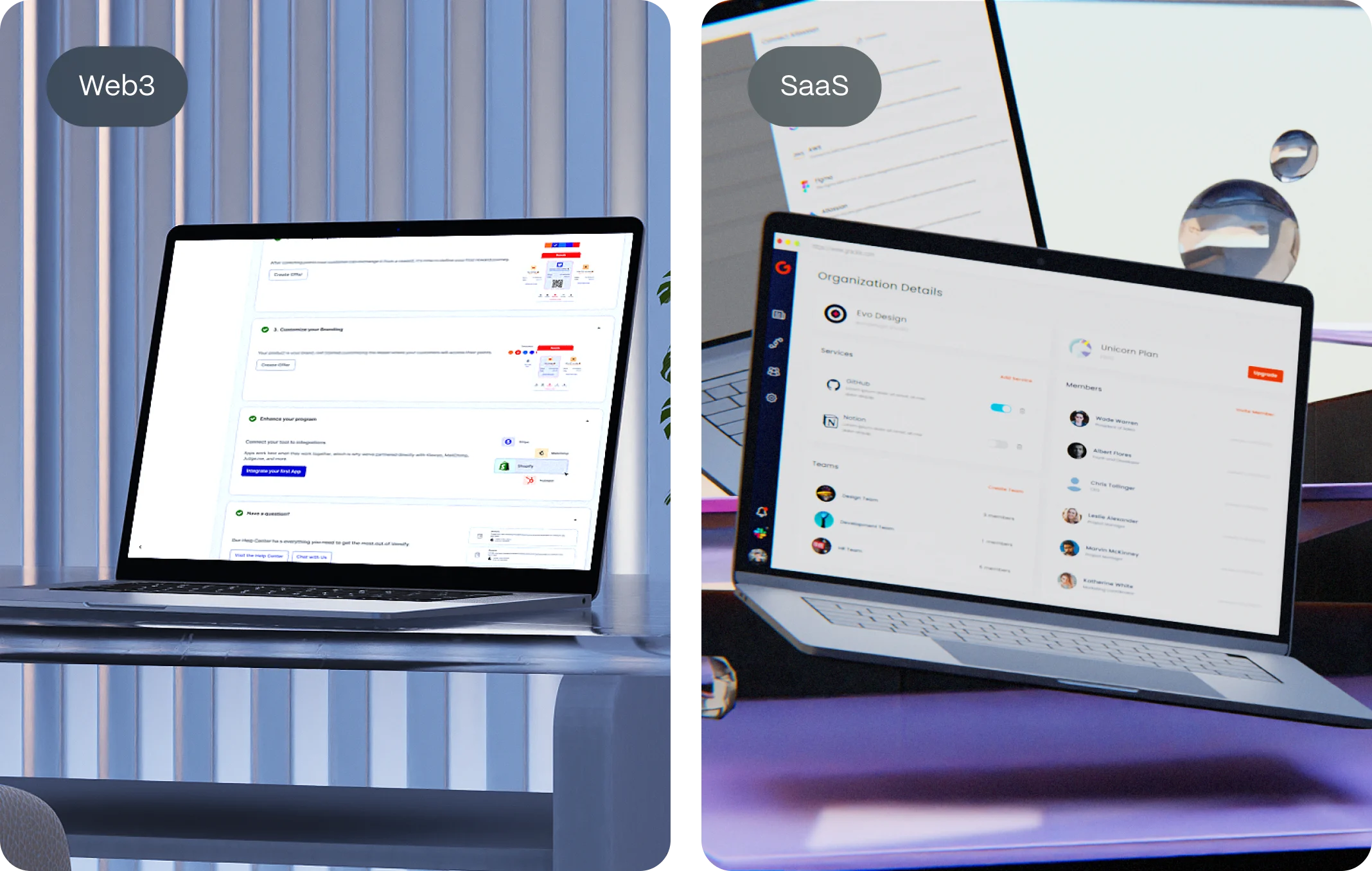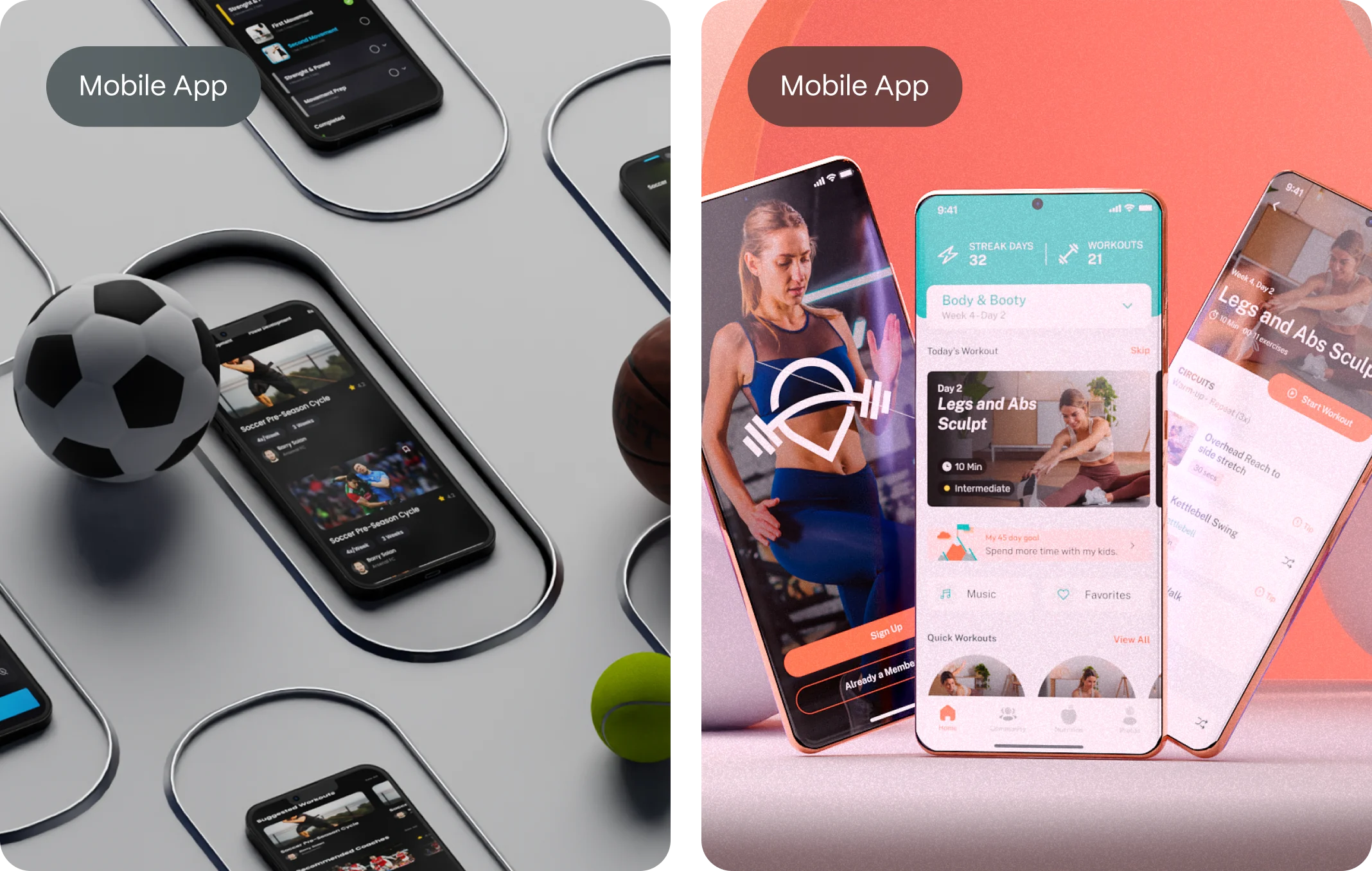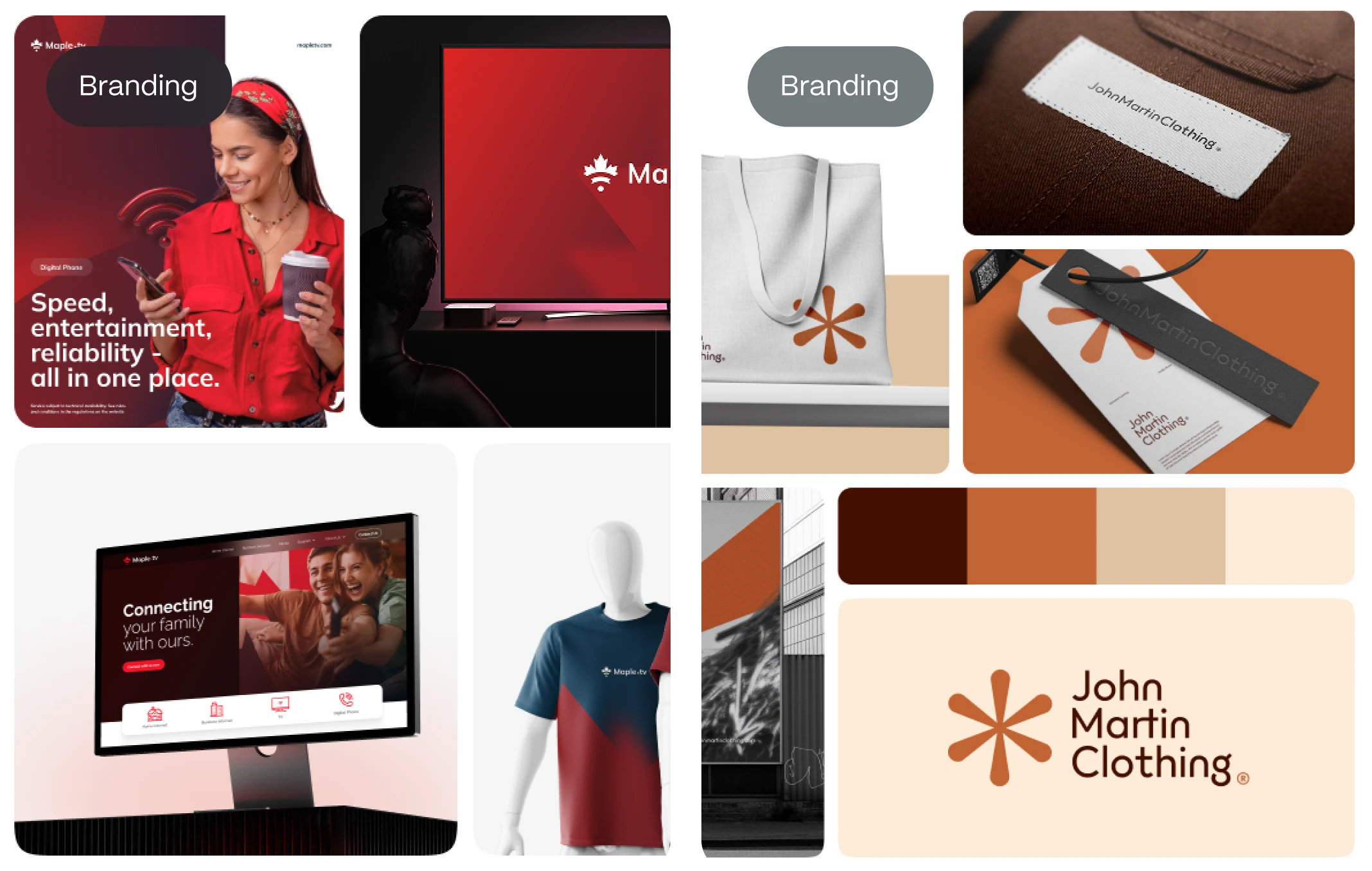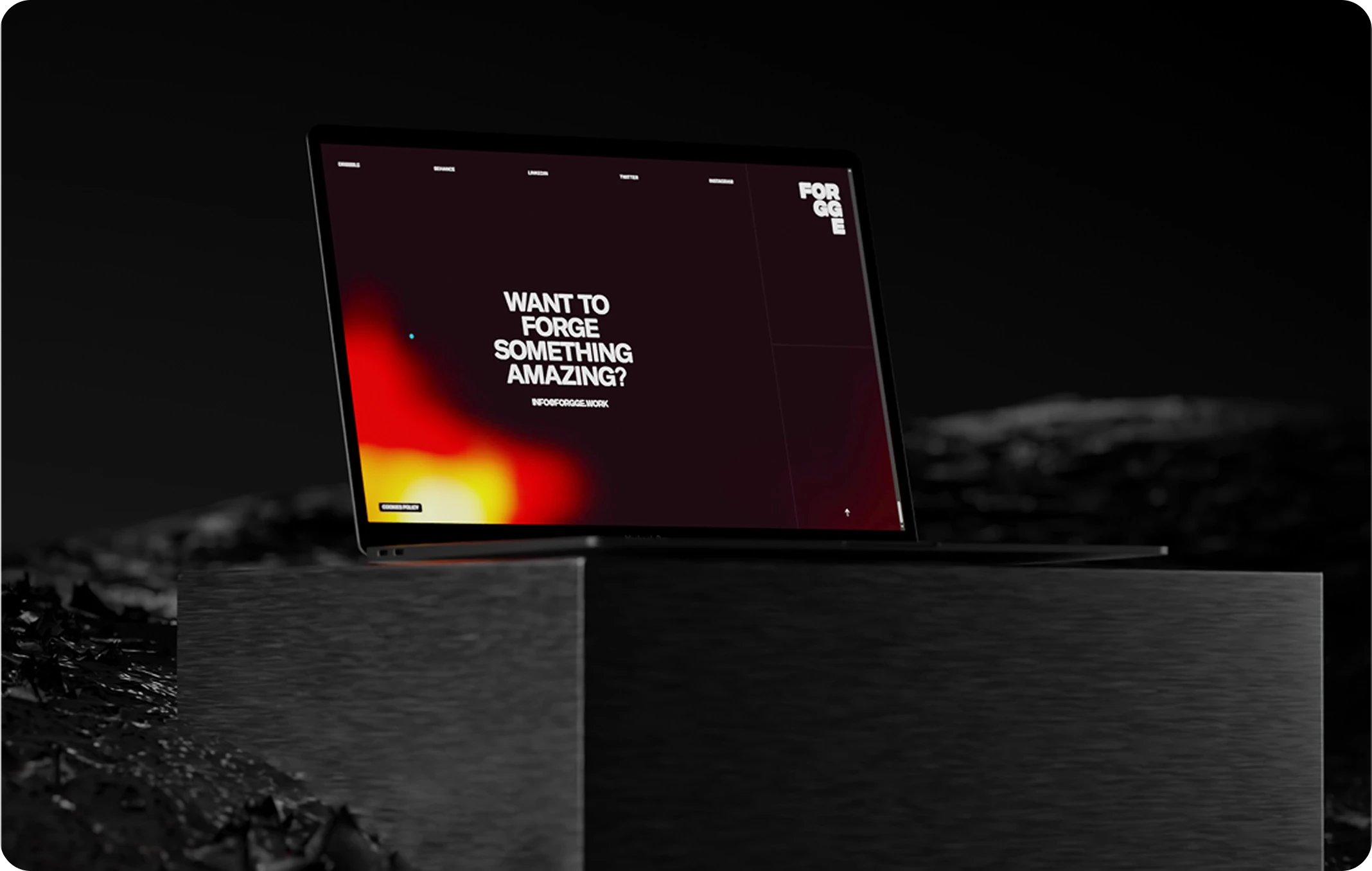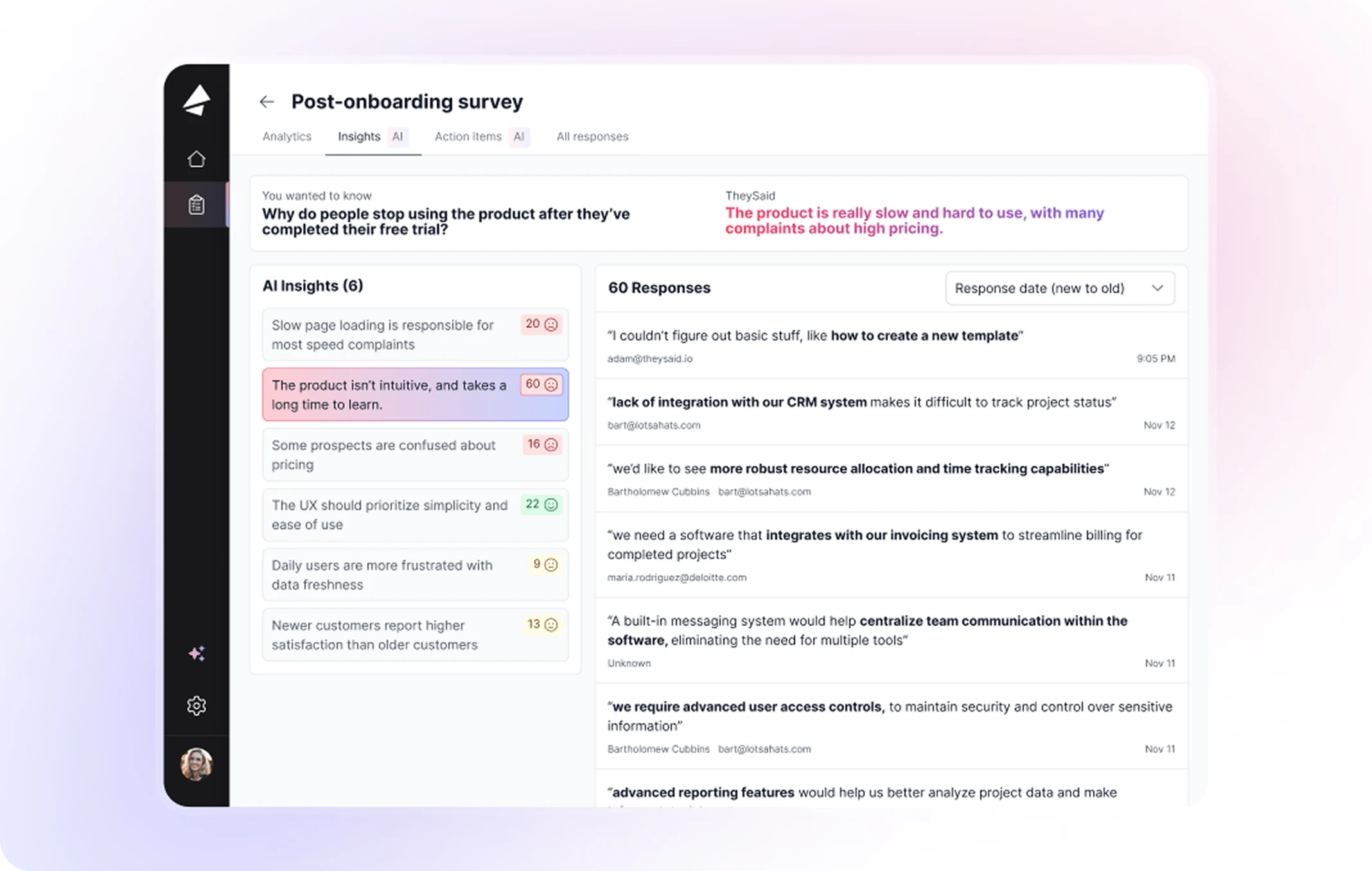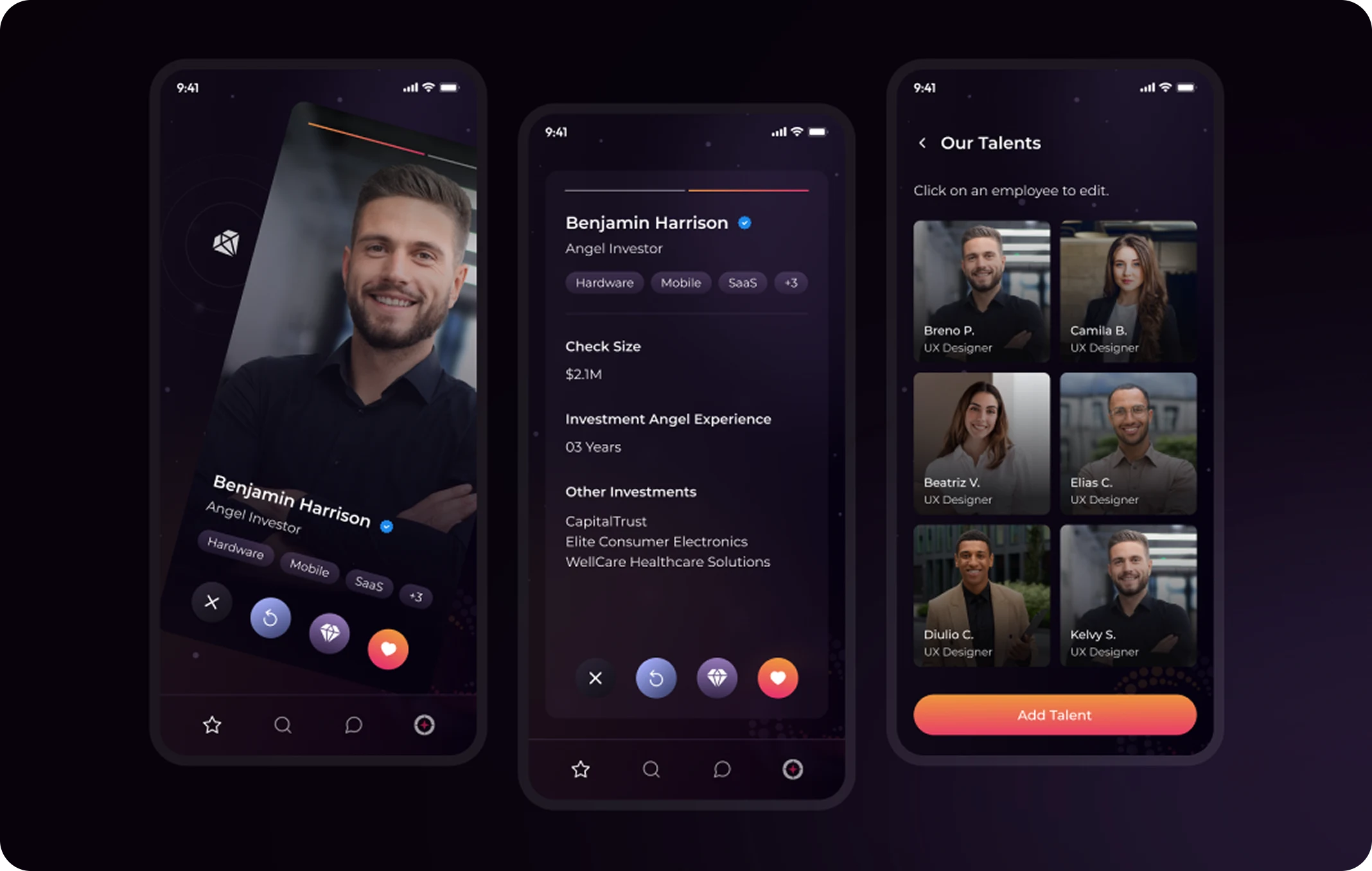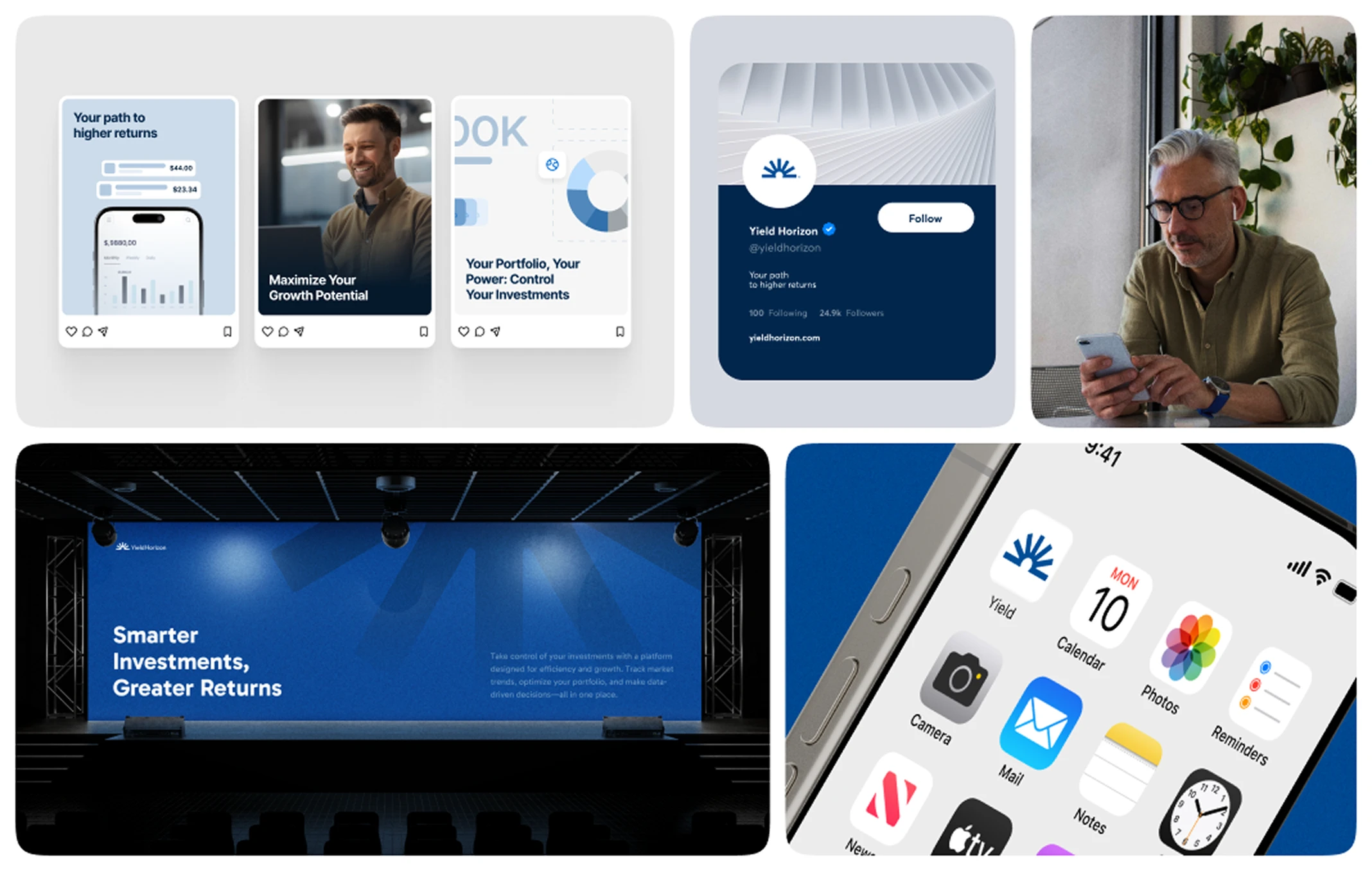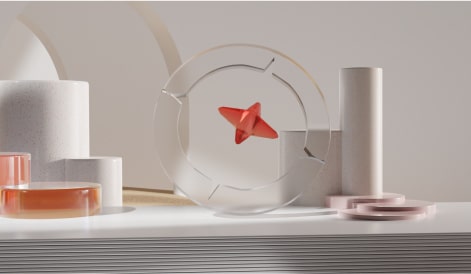In the dynamic world of digital product and product designer, where speed-to-market is critical and user expectations are higher than ever, startups face a pressing challenge: how to build something that people actually want to use. It’s not enough to have a brilliant idea or a flawless business plan. Execution matters—and execution depends on design. Not just visual design, but strategic, user-centered, business-aligned product design.
In 2025, the role of the product designer is more vital than ever. These professionals sit at the intersection of creativity and functionality, empathy and data, design systems and business goals. But what exactly does a product designer do, and how is this role different from a graphic designer or UX designer? Most importantly, how do you know if your startup really needs one?
In this article, we’ll explore the complete picture: the definition and evolution of the product designer role, the skills that define today’s top professionals, when to bring one into your team, and how they can transform your product—and your business. Whether you’re building your first MVP or scaling to millions of users, this guide will help you determine if a product designer is the missing link between your vision and reality. For a comprehensive understanding of user experience, explore our guide on user experience design principles.
What Is a Product Designer?
A product designer is a multidisciplinary professional responsible for designing digital experiences that are functional, usable, and aligned with both user needs and business goals. Unlike graphic designers, who focus primarily on aesthetics and branding, product designers are involved in the full lifecycle of a digital product—from research and ideation to prototyping, testing, and iteration.
In other words, product designers don’t just ask “What will it look like?” They ask:
- “What problem are we solving?”
- “How will users interact with this?”
- “What’s the most intuitive and scalable solution?”
- “Does this design support our business model?”
They are part researcher, part UX strategist, part interaction designer, and part problem solver. And in modern startups, they often work side-by-side with product managers, engineers, marketers, and leadership to ensure the product doesn’t just ship—it thrives.
The Evolution of the Product Designer Role
Historically, design roles were siloed. You had a UX designer to handle wireframes and flows, a UI designer to handle visuals, a researcher to talk to users, and a graphic designer to work on branding. But as digital products became more complex and timelines became shorter, startups needed someone who could wear many hats—without compromising quality. Thus, the role of the product designer emerged.
In 2025, product designers are expected to:
- Understand user psychology and behavior
- Apply UX principles in real-world contexts
- Design interfaces that adapt to multiple devices
- Use design systems to maintain consistency
- Collaborate directly with developers
- Communicate ideas through prototypes and storytelling
- Test assumptions and iterate quickly
- Align design with KPIs and growth goals
This versatility makes them a strategic asset, particularly in lean teams where one designer often leads the entire product experience. Startups focused on growth may also find value in A/B testing to refine their product design.
Product Designer vs. Graphic Designer — What’s the Difference?
Although the titles might sound similar, the work of a product designer is fundamentally different from that of a graphic designer.
| Dimension | Product Designer | Graphic Designer |
|---|---|---|
| Focus | User interaction, product functionality | Visual communication, branding |
| Tools | Figma, UXPin, Framer, Notion, Maze | Illustrator, Photoshop, InDesign |
| Goal | Build user-friendly digital products that solve problems | Create visually appealing graphics that communicate ideas |
| Process | Research → Prototype → Test → Iterate | Brief → Design → Approve |
| Impact | Directly tied to business metrics (retention, engagement, NPS) | Often focused on marketing or brand perception |
A product designer may work with a graphic designer on a brand system or visual identity, but their responsibilities extend into shaping the actual experience of the product—from the moment a user opens the app to their ongoing journey with it.
When Does a Startup Need a Product Designer?
Not every startup needs a full-time product designer on day one. But there are critical points in a company’s journey when not having one becomes a risk.
1. Before Building Your MVP
At this stage, a product designer helps clarify the core problem, sketch the user journey, and create low-fidelity prototypes that validate your concept with real users. This avoids building features no one needs.
2. After User Feedback Reveals Gaps
If you’ve launched and are struggling with adoption, retention, or usability, a product designer can analyze user behavior, interview customers, and redesign flows to increase engagement.
3. When Scaling
As your product grows, consistency and scalability become issues. A product designer can build and maintain a design system, ensuring a unified experience across features, platforms, and teams.
4. When Entering New Markets or Audiences
New user segments mean new expectations. Product designers help localize experiences, adapt interfaces, and tailor journeys for cultural or demographic differences.
If your team is making product decisions based on gut feeling or copying competitors, it’s time to bring in a product designer.
What to Look for in a Product Designer (or Design Agency)
Choosing the right product designer—whether hiring in-house or partnering with an agency like Evo Design—requires clarity on what matters most.
1. Strategic Thinking
Great designers don’t just execute—they ask why. Look for someone who questions assumptions, brings user data into decision-making, and aligns design choices with business goals.
2. Empathy and Research Skills
Designers must understand real human needs. Review their past research work, user personas, interview protocols, and journey maps. Can they connect with people, not just pixels? Enhance your understanding with our guide on mastering the UX research process.
3. Design System Fluency
Scalability depends on systems. A strong product designer should know how to create and maintain component libraries, spacing guidelines, typography scales, and color tokens.
4. Prototyping and Testing
Look for a portfolio that includes interaction prototypes, usability testing reports, and evidence of iteration. Wireframes alone aren’t enough—they should be thinking in motion and flow.
5. Cross-Functional Communication
Designers must collaborate with engineers, marketers, and stakeholders. Communication skills—both verbal and visual—are essential for navigating trade-offs and aligning teams.
When assessing a design agency, prioritize those with experience in digital products (not just branding), strong UX case studies, and a collaborative process that includes research, iteration, and testing.
How Product Designers Shape Product-Market Fit
Product-market fit is often seen as a business or marketing milestone. But design plays a key role in achieving it. Product designers contribute by:
- Reducing onboarding friction so users experience value faster
- Improving task flows to reduce drop-off and abandonment
- Clarifying information architecture to match user mental models
- Designing delight moments that increase emotional connection
- Validating product concepts with users before development
Designers often act as the first advocate for the user inside a startup. Their insights guide product direction, challenge assumptions, and help the company pivot or refine before it’s too late.
The ROI of Investing in Product Design
Hiring a product designer is not a cost—it’s a multiplier. Research from McKinsey and InVision shows that companies that integrate design deeply into their strategy outperform those that don’t, both in revenue and user satisfaction.
Some measurable returns of good product design include:
- Faster development cycles due to better planning and fewer revisions
- Lower support costs due to more intuitive interfaces
- Higher retention and conversion rates
- Better reviews and referrals from satisfied users
- Stronger brand perception as a result of polished, thoughtful experience
When you design well, you don’t just get a beautiful product—you build trust, loyalty, and differentiation in a crowded market.
Product Designer in 2025 – Trends to Watch
The landscape of product design continues to evolve. In 2025, the most forward-thinking product designers are embracing:
- AI-augmented design: Using tools like Galileo AI and Framer AI to accelerate ideation and personalization.
- Voice and multimodal interfaces: Designing beyond screens to include voice, gesture, and ambient computing.
- Ethical design: Considering inclusivity, accessibility, data privacy, and emotional wellbeing as design requirements.
- DesignOps: Streamlining workflows, tools, and systems across growing design teams.
- No-code and design-to-dev: Creating directly in tools that output production-ready code or integrate with dev pipelines.
Product designers are no longer just “creative people.” They are strategic thinkers, system architects, and culture builders.
FAQ – Product Designer for Startups
What is a product designer?
A product designer is a professional who designs user-centered digital products by combining UX research, UI design, prototyping, and business strategy.
When should my startup hire a product designer?
Ideally before building your MVP or whenever you’re facing usability issues, scaling rapidly, or entering a new market.
Is a product designer the same as a UX designer?
No. A product designer often includes UX design as part of their role, but also takes responsibility for aligning design with business objectives and the full product lifecycle.
Can a product designer replace a graphic designer?
Not entirely. While a product designer may handle interface aesthetics, branding and marketing visuals are often better handled by a dedicated graphic designer.
What skills should I look for in a product designer?
Strategic thinking, user research, prototyping, design systems, and cross-functional collaboration are key traits to look for.

